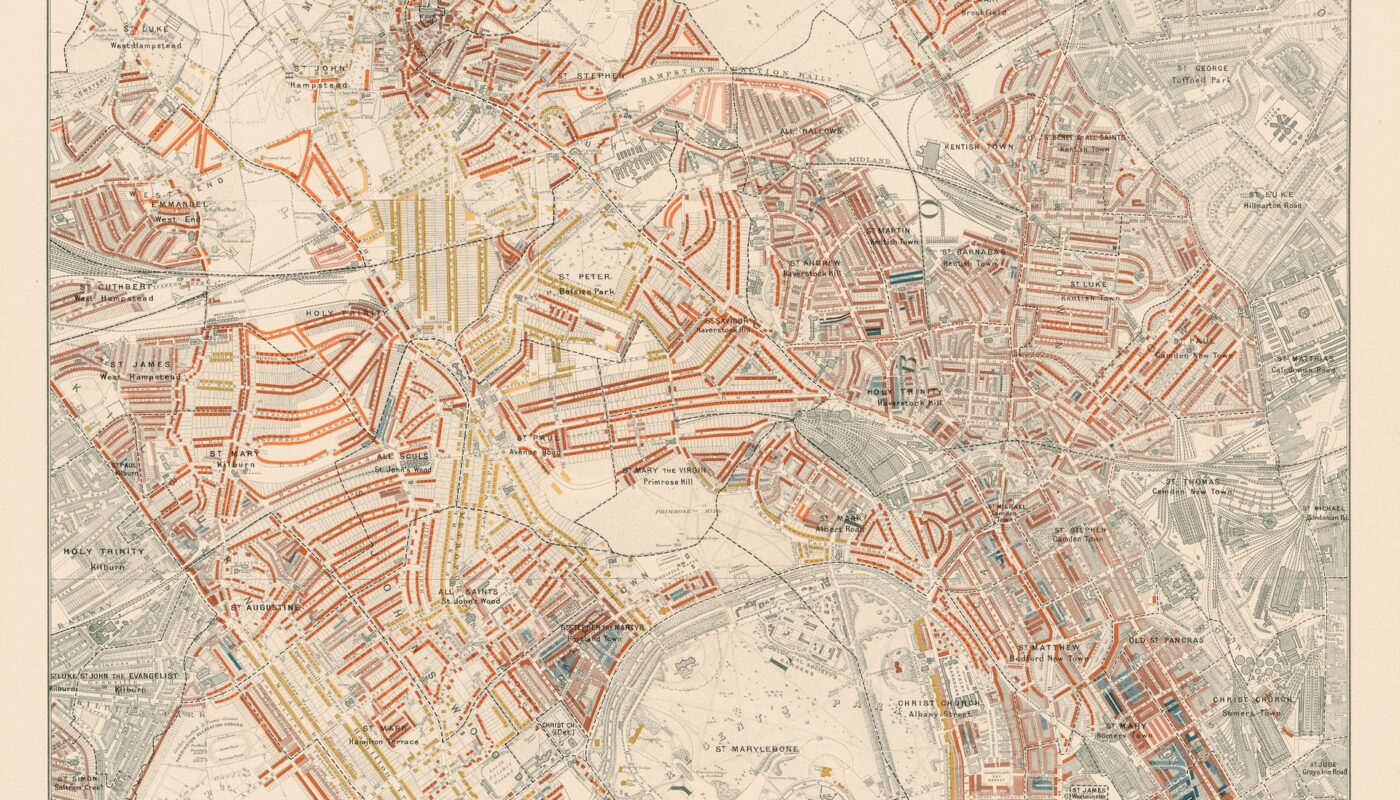“Perception always intercedes between reality and ourselves.”
-Surrealist artist René Magritte
As anyone who has seen a Dalí painting knows, perception may not reflect reality. We use models and representations to keep our thinking effective, and help ease the cognitive load on our brains. Models aren’t always accurate, though, and sometimes the issue comes down to expecting too much from a model, or using a model in the wrong context.
“The map is not the territory” refers to the rule of thumb that a map, model, theory, or other representation of reality has limitations and only represents a snippet of reality, independent of outside forces acting upon it. The map represents a simplified version of reality.
This phrase was first used by mathematician Alfred Korzybski in a paper examining how mathematics influences human language. Korzybski observed that the language and representations we use to depict “reality” fall short of fully describing the thing in question. “The map is not the territory” means the representation is not the thing itself, but is a reference to whatever we are describing. A “map” refers to any representation of reality, even a word, as Korzybski explained; the territory is the actual object itself. While maps outline the idea, there are still countless influences, actions, and perceptions going on in reality, not represented in the model.
A map is useful. It can tell you what to generally expect – a lake here, a field there – but it can’t steer for you, or tell you which path to take. Nor can it make adjustments on the fly. Risk analyst, statistician, and philosopher Nassim Taleb summarizes the map-territory relationship like this, “A model might show you some risks, but not the risks of using it. Moreover, models are built on a finite set of parameters, while reality affords us infinite sources of risks.” Reality is more complex than the spreadsheet. Just as the internet only represents a flattened view of the world’s accumulated knowledge; the map is not the territory. The internet can provide a wealth of information on virtually any topic. You can pull up the roster of the 1939 New York Yankees, or the cast of Broadway’s 1980 production of 42nd Street, but this is flat, rote information. It can’t convey the entire experience of watching a game or musical, and it only represents the action.
This “map is not the territory problem” frequently occurs in biographies. Or perhaps, in the readers of biographies. The aim of a biography is not to simply give one historian’s research as a definitive, all-encompassing account of another person’s life. Rather, the work of compiling a biography is one of selecting the most relevant or accessible information. The biographer presents the subject in the way which makes the most sense to their understanding. There are framing and exclusions involved. The result is a focused and simpler representation of the person’s life.
Models are helpful, but only when you’ve paired the right model with the right territory. Be sure the map actually applies to what you’re working on, and you know your destination. You have to understand the limitations of your tools. I learned to use a compass as a Girl Scout on a camping trip in elementary school. On this particular trip, my friend Dana repeatedly assured us the compass would tell us which way to go. We kept correcting her, replying that the compass only shows one direction from another. We had to know where we wanted to go and choose the right direction to actually get anywhere. It’s a similar concept here, involving two key factors; first, a map can show you a path, so long as you know where you want to go, and secondly, keep your eyes on the actual path ahead of you. When the map and reality no longer line up, find the best solution for the reality in front you.
The terrain can also change over time. Just like a footpath or river will gradually change course over decades, so our models of the world – and our ability to make sense of the world – will change over time. Don’t let an outdated model of thinking lead you down the wrong path. Understand the limitations of the model you’re using, and understand the context in which you are applying it.




